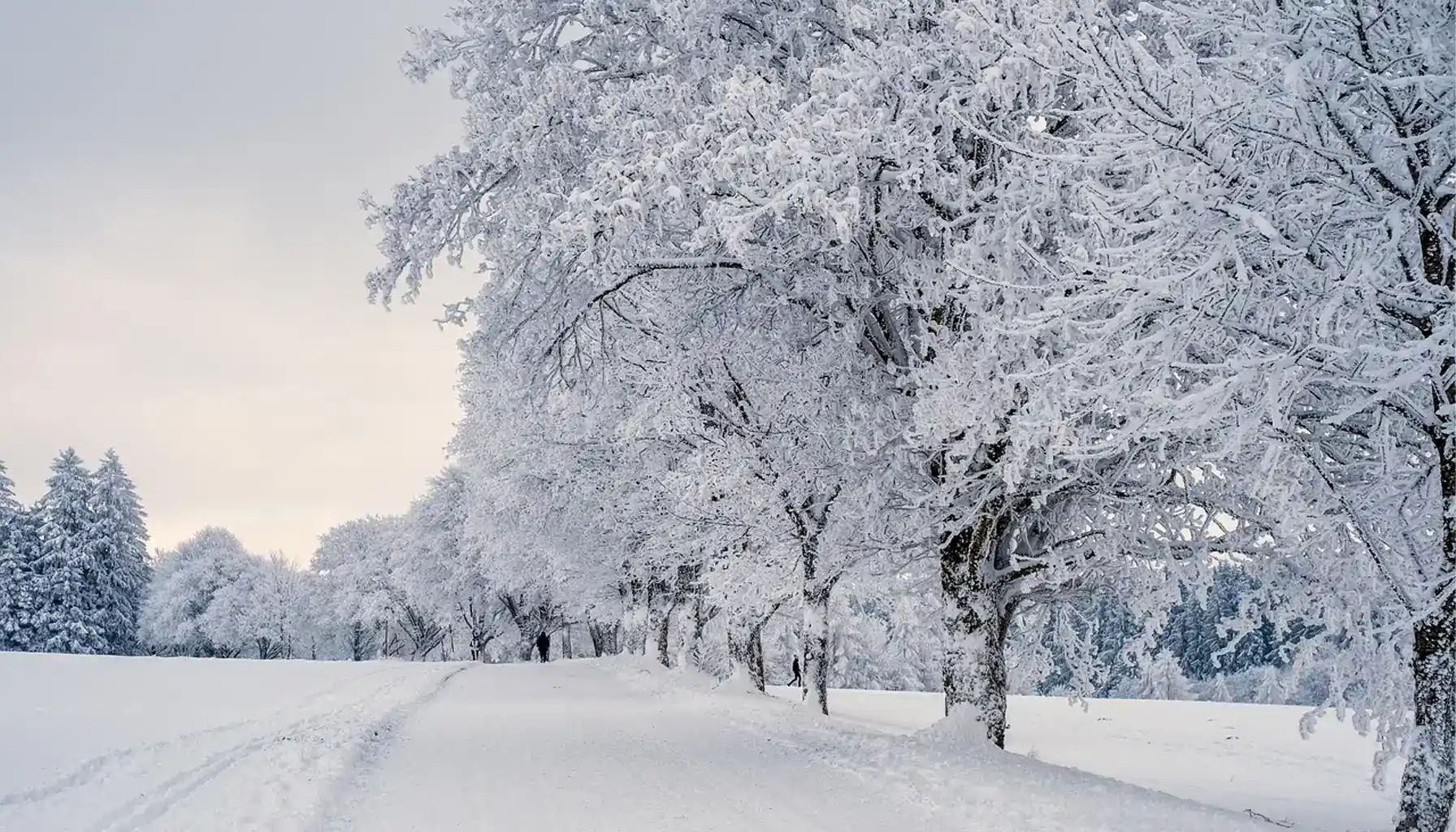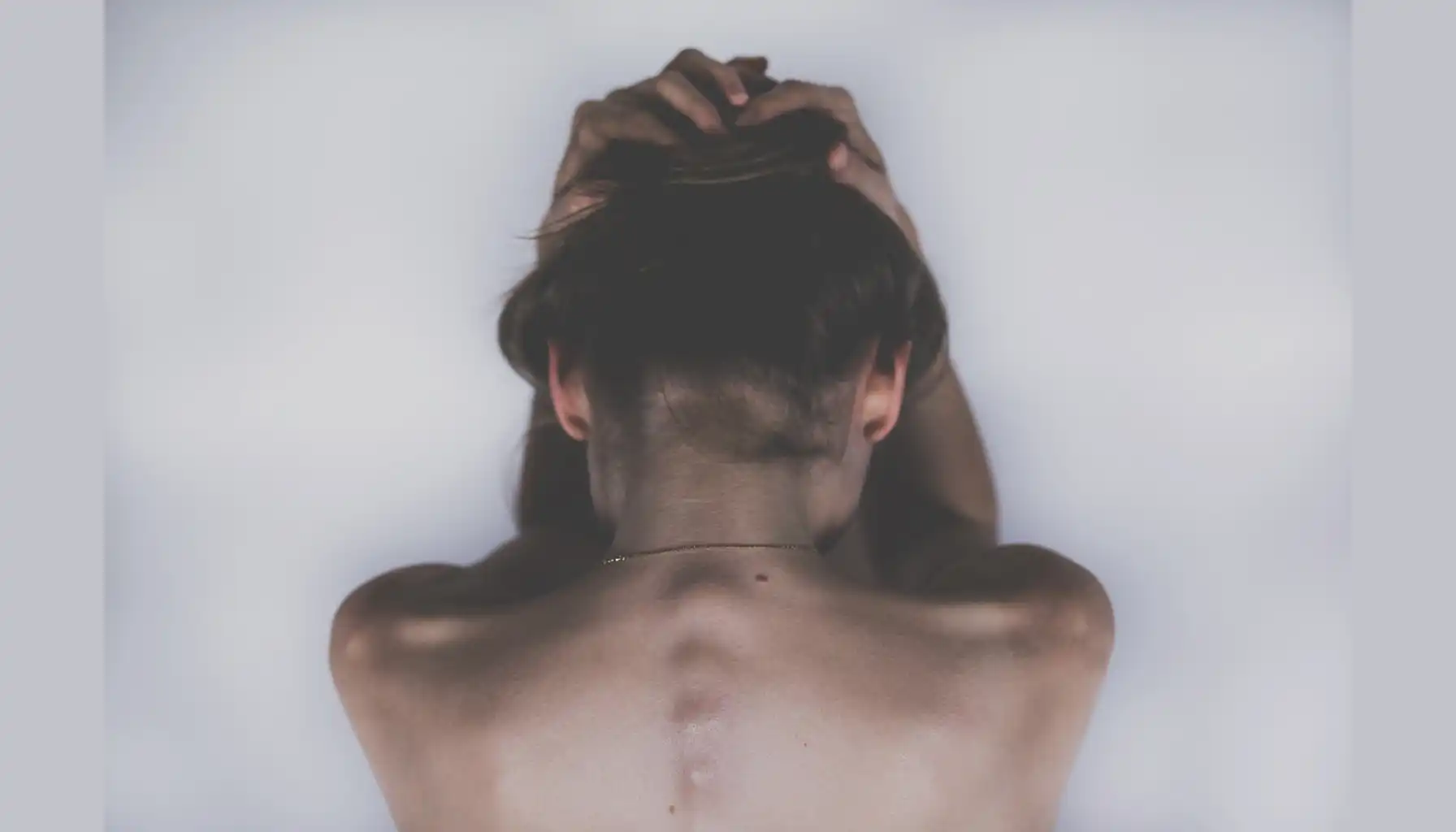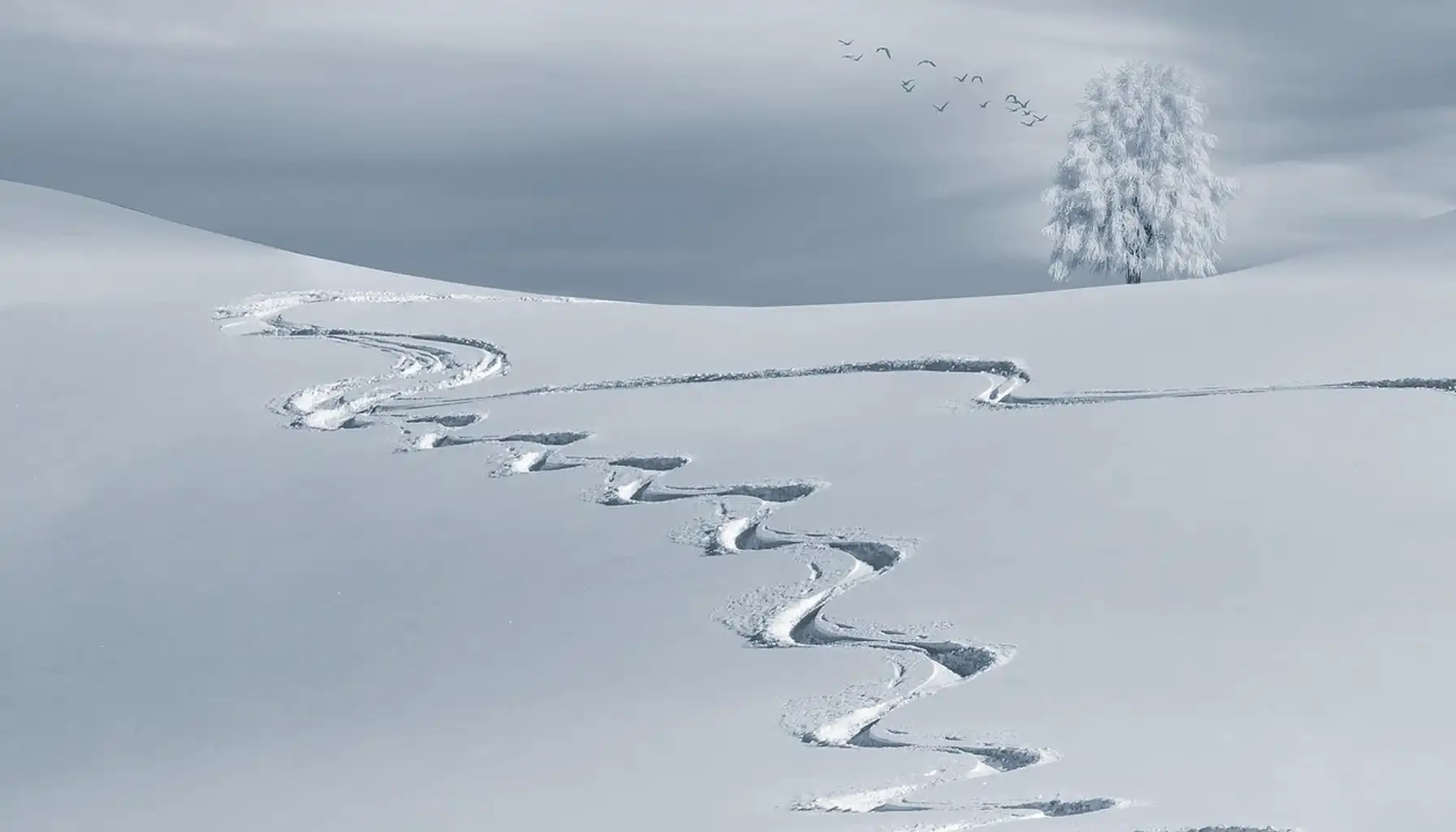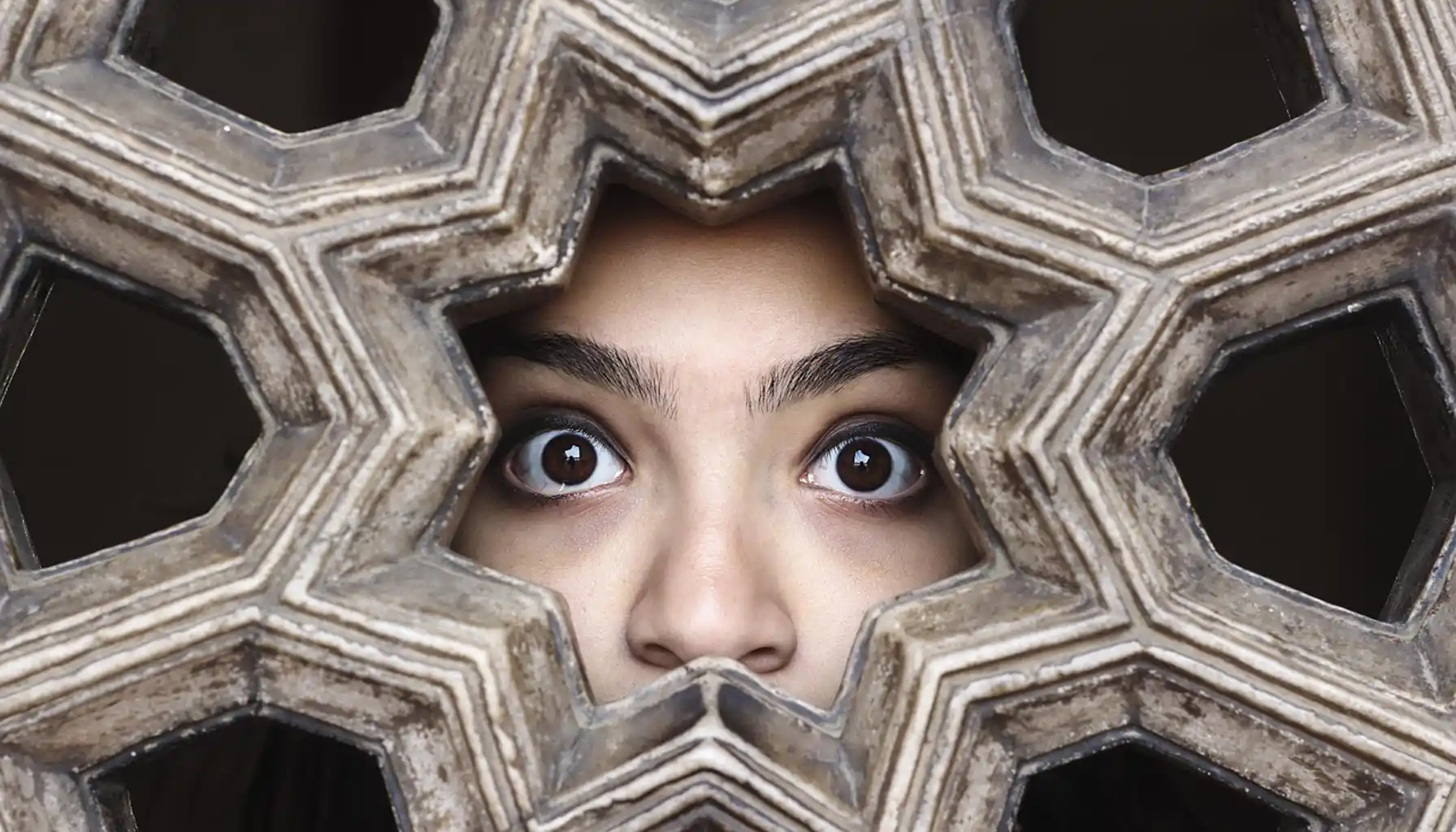Contents:
Free mind games can sometimes help to distract from obsessive thoughts, but in the case of chionophobia, the anxiety goes much deeper. For a person with this phobia, even a light snowfall becomes a threat: breathing becomes difficult, the heart races, and the desire to go outside disappears completely. Snow turns into a symbol of danger, and life gradually shrinks to a limited space, where winter seems an insurmountable obstacle.
To this is added another layer of difficulties: a person can feel a constant sense of dread long before the onset of winter. Already in the autumn months, tension appears from the thought of the upcoming snowfalls, and even conversations about the weather cause stress.
For some, the noise of falling snow outside the window becomes a trigger, while for others, anxiety is provoked by the whiteness itself, which is associated with cold and isolation. Some develop hypervigilance - they constantly monitor forecasts, postpone trips and plan food and medicine supplies in advance.

Chionophobia Meaning
The phobia is not related to a dislike of the cold, but to an irrational anxiety that arises from the mere sight of snowflakes or even a weather forecast. It’s not just a question of sympathy or antipathy to winter - with a phobia, both the mind suffers, and the body reacts as if there is a real danger.
People who have encountered this fear may describe it this way:
"It feels like the snow will bury me and I won’t be able to get out";
"Any trip on a winter road is like playing with death";
"I think about a blizzard even before it starts".
"When I see snowflakes falling, it is difficult for me to breathe, as if they are blocking the air";
"Hearing a forecast of snowfall feels like hearing a warning about a hurricane";
"White streets don’t make me happy, instead they feel empty and hopeless".
Chionophobia Definition
This is a specific phobia related to nature. It’s classified in the same class as the fear of hurricanes or darkness. When someone first asks: “what is the fear of snow called?”, the answer from specialists is unambiguous - chionophobia.
What is the fear of snow called? It is the official term, with no alternatives. This diagnosis is less common than other phobias, but it’s included in the same group of specific anxiety disorders that significantly limit life.
Table 1. How to distinguish chionophobia from ordinary caution
Reaction | Normal Response | Phobia Response |
Attitude toward forecast | Take an umbrella, dress warmer | Panic, insomnia, refusal to go outside |
Behavior in snow | Carefulness on the street | Complete avoidance even during light snowfall |
Impact on life | Minimal | Restrictions in work, studies, and social interaction |
Symptoms of Fear of Snow
Fear of snow phobia manifests itself through the mind and body simultaneously.
Typical reactions:
Increased heart rate, trembling, shortness of breath;
Dizziness, nausea;
Panic attacks;
Insomnia while anticipating winter weather;
Dry mouth and excessive sweating;
Pressure surges and muscle tension;
Headaches and absent-mindedness;
Сhionophobia is the extreme dislike or fear of what? — namely snow, not abstract cold. Even a scene in a film or photograph can cause severe stress.

Causes Behind Chionophobia
The reasons for its development are different:
Traumatic experience: an accident on a slippery road, getting stuck in a snowstorm, losing a loved one in winter conditions. Such memories are fixed in the memory and return every time snow falls. Even if the trauma happened in childhood, the brain “saves” it as a danger signal.
Genetics: a hereditary tendency to anxiety disorders. If parents or close relatives had phobias, panic attacks or depression, the risk is higher. It’s important to remember that this is not a doom, but only a predisposition - with timely work with a psychologist, it can be corrected.
Personality traits: high sensitivity, anxiety, a tendency to catastrophic thinking. Such people often perceive snow not as a natural phenomenon, but as a potential threat. Sometimes working on stress resilience and self-regulation skills helps.
Culture and environment: in regions where snow is associated with isolation, accidents or crop loss, the probability is higher. Cultural background shapes perception: in some countries, snow is a symbol of celebration, in others, it’s a source of danger. If you live in a place where winter brings serious problems, it is necessary to take this context into account in therapy.
Childhood memories: a frightening experience when a child was forced to go outside against one’s will, falls on ice, ridiculed by peers. Children's psyche is especially vulnerable, and it is at this age that the first "roots" of future phobias are often formed. It’s useful for parents to remember that support and gentleness in such situations can reduce the risk of disorders later on.
Diagnosis
The diagnosis is made after talking with a psychotherapist.
Key criteria:
Anxiety persists for more than six months;
Reactions occur even when thinking about snow;
Life is limited (the person does not leave the house, loses his job).

During the assessment, the specialist also considers other aspects:
Сollects personal and family history to understand whether there is a predisposition to anxiety disorders;
Asks to describe specific situations that cause fear, their frequency and strength of impact;
Analyzes the emotional side - does the person understand the illogicality of their fear or feels it as uncontrollable;
Evaluates the impact on everyday life - from study and work to relationships and overall quality of life;
Draws a distinction: where is a phobia and where is a common reluctance or dislike for winter.
Impact on Daily Life
The fear of snow changes life radically. People can:
Give up winter trips;
Move to southern regions;
Avoid social gatherings;
Stock up on food and things at the slightest forecast.
All this leads to social isolation, depression and financial problems. A person stops being mobile and limits even the simplest joys.
Treatment for Chionophobia
Although there is no universal cure, modern methods help:
Cognitive behavioral therapy (working with attitudes and thoughts);
Exposure therapy (gradual acquaintance with snow in safe conditions);
Breathing practices, yoga, meditation;
Hypnotherapy;
Medications to reduce anxiety and panic.
Trauma therapy (processing of painful experiences if the fear is associated with a specific trauma).

Self-Help and Coping
Along with therapy, simple strategies are helpful:
Keeping a diary of emotions — noting not only fears, but also moments when you managed to cope with anxiety;
Gradually including winter associations (movies, photos, accompanied walks) — starting with light images, moving on to more real situations, such as walking together in the park;
Limiting the time spent watching weather forecasts — checking the forecast once a day, instead of endlessly monitoring news about snowfalls;
Developing stable habits to reduce anxiety — adopting regular self-help practices, such as breathing exercises in the morning or a short morning routine that sets a calm rhythm for the day;
Practicing grounding techniques — returning attention to the “here and now”, concentrating on breathing, smells, or objects around;
Seeking community support — communicating with loved ones or participating in groups helps reduce the feeling of isolation.
Table 2. Self-help approaches
Method | Application | Effect |
Breathing practice | Short morning session | Reduces overall anxiety level |
Support from friends | Walks together | Decreases feeling of isolation |
Physical activity | Yoga, stretching | Stabilizes emotions |
Digital hygiene | Less forecasts and news | Reduces obsessive thinking |
Over time, people notice that they become more confident and are perceived as a more likeable person: open, calm, ready to communicate even in winter.

Conclusion
Chionophobia pronunciation may sound unusual, but there is a real problem behind this word. If left untreated, a person’s quality of life declines. But with therapy and support, progress is possible: people gradually learn to perceive snow as a natural phenomenon.
Chionophobia is a fear of what? — the answer seems simple, but for the sufferer it’s an entire world of anxiety. Working with a psychotherapist and self-help steps restore freedom: snow no longer controls life and remains only a part of winter.





